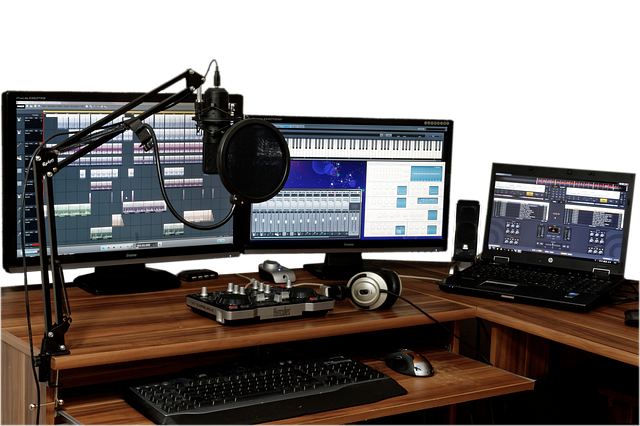For Whom Are Laptops Bought?
The key to choosing the right machine is, of course, who you are buying it for. An elementary school child and a college student logically have different needs. 9]
Since elementary school children are expected to work from home 99% of the time, they need not be too limited by size, weight, or battery life. The most common 15.6″ diagonal represents a middle ground between comfort when working and portability when needed. The advantage of these models is usually a very good price/performance ratio.
High school and college students have a very high need to carry their laptops directly to class. In this regard, it is advisable to choose a model with a diagonal size of 15.6 inches or less. One often sees thin and light models labeled “ultrabooks,” but from today\’s perspective, this is a relic of a bygone era and more of a marketing label. In other words, it does not have to be an “ultrabook” to be compact.
In all cases, regardless of diagonal size, buyers should pay attention to the resolution of the display. That is, do not choose a model with a resolution lower than 1920×1080, and make sure it has an SSD (the simplest guide is that the disk capacity is less than 1TB, etc.).
In the past, the smaller the chassis, the higher the price, even if the performance was lower, but today you can get a comparable machine, compact or not, for more or less the same price.
What is the investment?
Regarding the amount of investment, it is of course important to first consider how the student or students will use the laptop and how useful a significantly more expensive model will be in reality. As is true for most products, we strongly recommend that the optimal investment amount be around SEK 15,000, rather than looking for the lowest price. Higher priced models are usually no longer of practical value from the point of view of the user performing standard office tasks.





